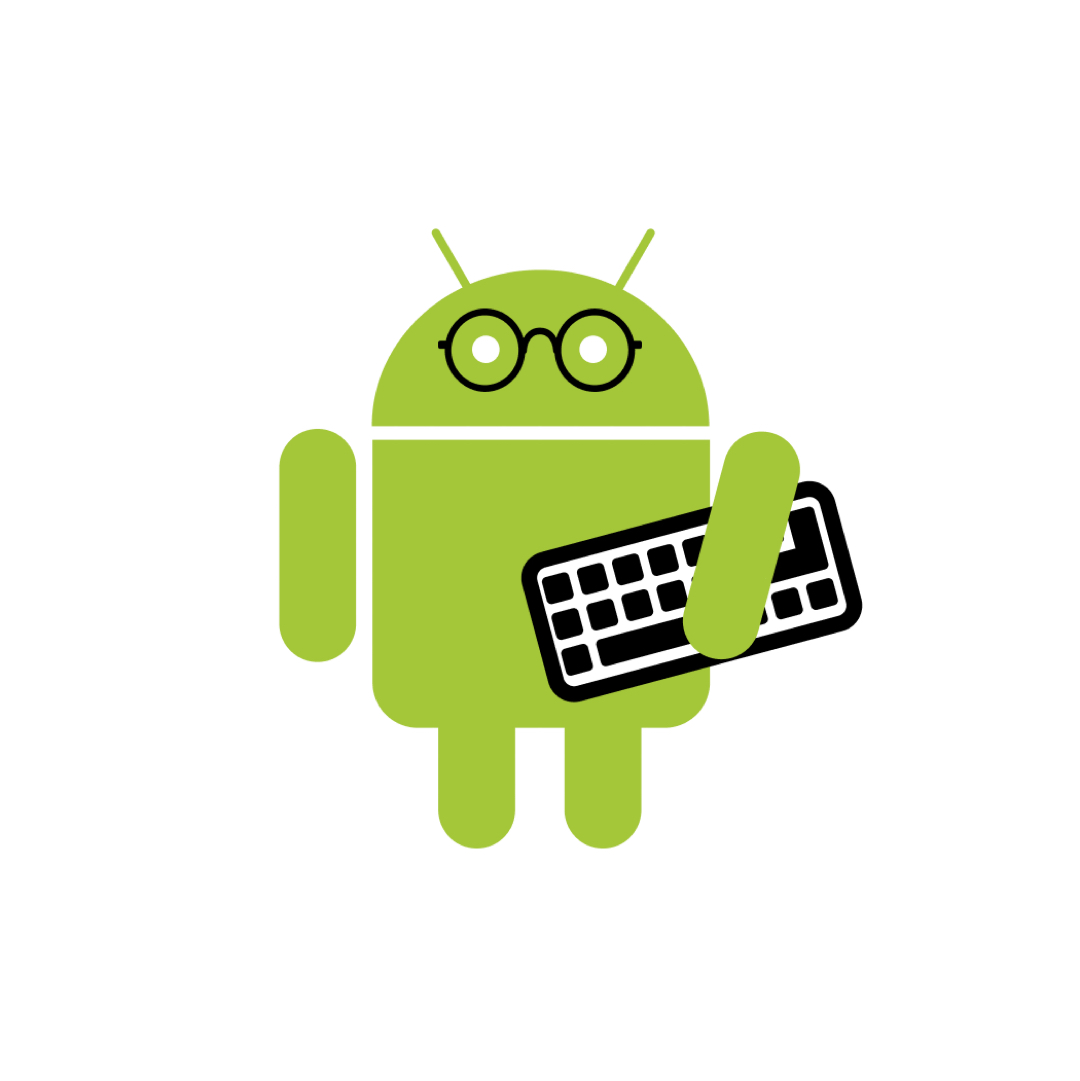| 일 | 월 | 화 | 수 | 목 | 금 | 토 |
|---|---|---|---|---|---|---|
| 1 | 2 | 3 | ||||
| 4 | 5 | 6 | 7 | 8 | 9 | 10 |
| 11 | 12 | 13 | 14 | 15 | 16 | 17 |
| 18 | 19 | 20 | 21 | 22 | 23 | 24 |
| 25 | 26 | 27 | 28 | 29 | 30 | 31 |
- ㅋㅁ
- 디자인패턴
- 빌터패턴
- Design Pattern
- 추상팩토리패턴
- kotlin multiplatform
- 디자인패턴 #
- 옵저버 패턴
- 추상 팩토리
- PrototypePattern
- designPattern
- compose
- kmp
- 프로토타입 패턴
- Kotlin
- android designsystem
- 팩토리 메소드
- Abstract Factory
- material3
- Observer Pattern
- define
- factory method
- Functional Programming
- 안드로이드 디자인시스템
- builderPattern
- 코루틴
- Coroutines
- 함수형프로그래밍
- 코틀린멀티플랫폼
- 코틀린
- Today
- Total
오늘도 더 나은 코드를 작성하였습니까?
flow (예외 작업 / 다른 CoroutineContext에서 실행시키기) 본문
Catching unexpected exceptions
생산자는 구현은 다른 라이브러리에서 가져올 수 있습니다.
이는 예기치 않은 예외가 발생할 수 있음을 의미합니다. 이러한 예외를 처리하려면 catch 중간 연산자를 사용.
class LatestNewsViewModel(
private val newsRepository: NewsRepository
) : ViewModel() {
init {
viewModelScope.launch {
newsRepository.favoriteLatestNews
// catch 중간연산자 예외가 던저진다면,
// 처리하고 UI를 처리한다.
.catch { exception -> notifyError(exception) }
.collect { favoriteNews ->
}
}
}
}예외가 발생하면 새 데이터가 수신되지 않았기 때문에 collect lambda가 호출되지 않는다.
catch는 데이터를 flow에 내보낼 수 있습니다. repository layer는 대신 이전에 캐시 된 값을 내보낼 수 있습니다.
class NewsRepository(...) {
val favoriteLatestNews: Flow<List<ArticleHeadline>> =
newsRemoteDataSource.latestNews
.map { news -> news.filter { userData.isFavoriteTopic(it) } }
.onEach { news -> saveInCache(news) }
// 만약 에러가 발생한다면 최신 캐쉬된 값을 내보낸다.
.catch { exception -> emit(lastCachedNews()) }
}
위에서 예외가 발생하면 예외로 인해 캐쉬되었던 새로운 data가 stream으로 내보내 졌으므로 collect lambda가 호출됩니다.
Executing in a different CoroutineContext
기본적으로 flow builder 의 생산자는 collecting하는 coroutine의 CoroutineContext에서 실행된다.
flow builder에서는 다른 CoroutineContext에서 값을 내보낼 수 없다.
이러한 제한 경우에 따라 불편할 수 있다.
Repository layer는 viewModelScope에서 사용하는 Dispatchers.Main에서 작업을 수행하지 않아야합니다
flow의 CoroutineContext를 변경하려면 중간 연산자 flowOn을 사용합니다.
flowOn은 upStream flow의 CoroutineContext를 변경합니다.
upStream flow 는 이전 (또는 그 이상)에 적용된 생산자와 중간 연산자를 의미한다.
downStream flow는 소비자와 함께 flowOn 이후의 중간 연산자를 의미한다.
| Producer(생산자) | intermediate operator | flowOn | intermediate operator | Consumer(소비자) |
| upStream flow | downStream flow | |||
| I/O Thread / Default Thread | MainThread | |||
downStream flow 은 영향을 받지 않으며 flow에서 collecting하는 데 사용되는 CoroutineContext에서 실행됩니다.
flowOn 연산자가 여러개 일때, 각 연산자는 현재 위치에서 upStream을 downStream으로 변경합니다.
class NewsRepository(
private val newsRemoteDataSource: NewsRemoteDataSource,
private val userData: UserData,
private val defaultDispatcher: CoroutineDispatcher
) {
val favoriteLatestNews: Flow<List<ArticleHeadline>> =
newsRemoteDataSource.latestNews
.map { news -> // filter 중간연산자 DefaultThread에서 실행됨.
news.filter { userData.isFavoriteTopic(it) }
}
.onEach { news -> // saveInCache 중간연산자 DefaultThread에서 실행됨.
saveInCache(news)
}
// flowOn은 위의 the upstream flow ↑에 영향을 준다.
.flowOn(defaultDispatcher)
// the downstream flow ↓ 은 영향받지 않는다.
.catch { exception -> // MainThread에서 실행된다.
emit(lastCachedNews())
}
}
onEach 및 map 연산자는 defaultDispatcher를 사용하는 반면 catch 연산자와 소비자는 viewModelScope에서 사용하는 Dispatchers.Main에서 실행된다.
데이터 소스 계층이 I / O 작업을 수행하므로 I / O 작업에 최적화 된 디스패처를 사용해야합니다.
class NewsRemoteDataSource(
...,
private val ioDispatcher: CoroutineDispatcher
) {
val latestNews: Flow<List<ArticleHeadline>> = flow {
// Executes on the IO dispatcher
...
}
.flowOn(ioDispatcher)
}'Coroutine > coroutineFlow' 카테고리의 다른 글
| flow의 실행 방법 (0) | 2021.05.31 |
|---|---|
| stateFlow sharedFlow (0) | 2021.05.27 |
| Convert callback-based APIs to flows (0) | 2021.05.13 |
| android JetPack Libraries에서 사용해보기. (0) | 2021.05.13 |
| Kotlin flow 기초 (0) | 2021.05.13 |

